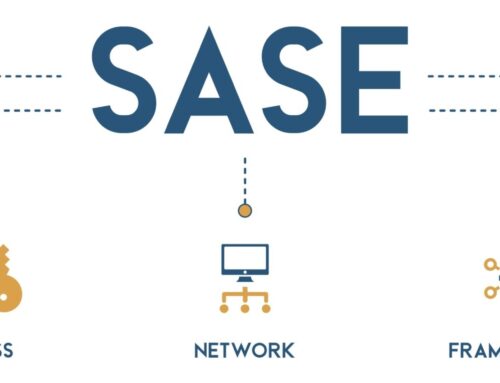In a post-COVID world, as businesses increasingly adopt hybridized work environments, the use of personal devices for work purposes has become a popular trend. “Bring your own device” (BYOD) policies have the potential to increase productivity and efficiency while also providing employees with flexibility and convenience. But with the benefits of BYOD come significant risks employers and employees must consider.
From security and compliance risks to data loss and privacy concerns, implementing a BYOD policy requires careful planning and management. Employers need to anticipate these challenges within a hybridized work model and create strategies for managing them.
Assessing the risks of BYOD
Cybersecurity is the most pressing subject when it comes to personal device utilization. Approximately 50% of companies suffering a data breach can trace it back to an unsecured, employee-owned device. This is especially concerning when an estimated 82% of businesses allow personal device use.
At a basic level, personal devices may not be equipped with the same level of security as company-owned devices, which opens the door to a data breach. Employees may access critical data in public on an unsecured Wi-Fi network with potential vulnerability to man-in-the-middle attacks.
Compliance risks are another significant consideration when you’re implementing BYOD policies. Different industries have specific data protection standards, such as the Health Insurance Portability and Accountability Act (HIPAA) in healthcare settings. Failure to comply with data governance regulations could lead to costly fines and reputational damage in the event of an incident. Additionally, device upgrades or changeovers made without backups can lead to a loss of critical company data.
These challenges are among the many things employees and employers must factor into a well-rounded BYOD policy. This includes standardized security protocols, training and support for personal device users, and clear policies outlining device usage and best practices.

Considerations for BYOD in a hybridized workplace
Implementing a BYOD policy suited for a hybridized workplace means taking a proactive stance wherever possible to ensure devices and data remain secure and employees understand their responsibilities. Often, it starts with well-established practices.
Here are some considerations to keep in mind when you’re developing a BYOD policy:
- Have clear terms for how to use devices appropriately when accessing critical data.
- Ensure device compatibility with workplace software, systems, ecosystems, etc.
- Provide training and support to help employees understand their responsibilities.
- Secure data and devices to the best possible level (2FA, MFA, data vaults, etc.).
- Implement remote-access solutions so IT can quickly assess and resolve problems.
Businesses should write clear and succinct sections for these issues (and others) within a larger BYOD policy. The goals are to establish clear expectations every device user understands, create accountability for those expectations, and produce documentation showing effort on the part of the business to achieve compliance.
Ultimately, your BYOD policy should be a living document. Don’t be afraid to clarify best practices as they come into question or add specifications where needed. Certain companies may also find they need to become more granular in some cases, such as banning specific apps or requiring device registration through a VPN or proxy service. Remember, cybersecurity is paramount.

Strategies for managing BYOD risks
Developing and deploying a BYOD policy is only the start. Training employees to adhere to it, checking for compliance regularly, and ensuring consequences for irresponsible actions are all important follow-ups.
Below are some of the best ways to create guardrails and safeguards for personal devices, no matter where or how they’re used in connection to business data:
- Monitoring user activity when private or sensitive systems are accessed (access control)
- Enforcing security protocols such as 2FA/MFA, timed logouts, password criteria, etc.
- Conducting regular security audits and training
- Separating work and personal data as much as possible on personal devices
- Reporting security incidents and having clear channels for managing these incidents
Educated employees are mindful employees. Prioritize cybersecurity and data integrity, and help your staff understand how personal devices are a convenience only if they’re not a liability.
The best approach to BYOD
Implementing a BYOD policy in a hybridized workplace requires careful consideration and management to balance the practical benefits with a growing host of known risks. By developing a clear BYOD policy, offering training and support, implementing security measures, and encouraging responsible device use, organizations and their employees can reap the benefits of hybrid work — without compromising security or compliance.






Leave A Comment